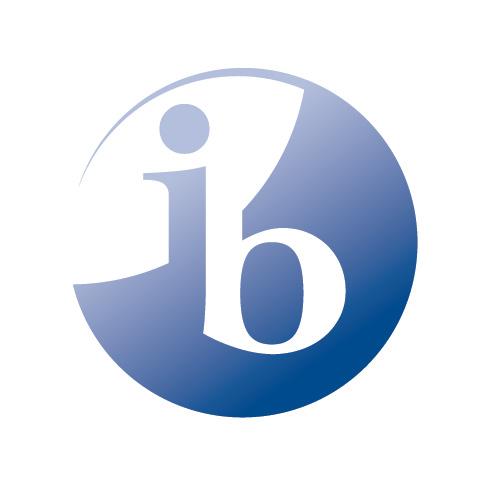Setting Higher Standards Students and staff discuss Lindbergh’s future shift to standards-based grading RICKY SCHODL
Staff Writer
Megan Roegner (English Department)
Eric Cochran (Principal)
“One thing I do is that when I give students assessments like a paper or presentation, I break down grades into the standards or skills that have been taught. So kids won’t get one overall essay score, they’ll get four or five different scores, that one might be about theme, one might be about their use of evidence, or about their use of language, and all of those things are put into SIS separately so students and parents can see how they scored on specific skills. Another thing I do to implement standards based grading is to allow students the opportunity to revise a lot of their assessments, especially essays. I think ultimately I would love it if grades weren’t a thing at all. I don’t think SIS is the biggest obstacle, I think it is all the emotional baggage that grades carry like we interpret them or students do, and I did too as a student, and I interpret them as being some sort or reflection as me as a person or my character instead of just an assessment of a certain skill.”
“It’s a problem when you have students who are being given the idea that they’re doing well when they’re not. And so the argument, I think, for standards based grading is that a lot of grades [in the current system are] because people are really good at playing school, a lot of it is measuring behavior as much as it is measuring mastery of content. [For example,] I do my homework all the time. So therefore, I get good grades. Does it mean that I’m learning anything [or] that... it means that I’m turning [in] my homework. And that doesn’t mean that [turning in homework is] not important. Effort and punctuality and all those things are still important, I think, for success. So, for example, there are a lot of students who walk away from Lindbergh High School and every high school in America, I would argue, who get the traditional A, B, C, D, and F. Those grades are often more a measurement of that students’ ability to play school than it is necessarily an evaluation of whether they’re ready to read and write at the college level. So for example, I remember, this is still back when I was a teacher here about 10 years ago, there was this huge report that came out that said a high percentage of our kids who were going to Meramec Community College were arriving, and they had A’s in their classes, but they couldn’t read or write or do math at a college level.”
What is Standards Based Grading? “In education, the term standardsbased refers to systems of instruction, assessment, grading, and academic reporting that are based on students demonstrating understanding or mastery of the knowledge and skills they are expected to learn as they progress through their education.” (Glossary of Education Reform)
4
News
3.23.20
Megan Tennessen (12) “I like it in most aspects, because I feel like it’s more focused on improving your own skill rather than just trying to get an assignment done with and turning it in for points. So in English we’re able to revise things, which I think would be important for all classes to be able to do, rather than just take a test, turn it in, and not really learn from it. In some of my classes, we’re able to actually learn from it and get some points back from it after learning the subject better. It’s more stressful for a lot of students because they have high expectations, or their parents have high expectations of them to get an A, but then if the highest grade they can get is a 95% in the A-range of 90-100, that makes it kind of difficult to get an A, so you have to put some more time and effort in.”
The standards students are graded on in their social studies classes. For at least one full unit in the semester, a few teachers in the department, including Lisa Manson (History Department), have decided to experiment with standards-based grading. “In SBG your grade should reflect what degree you have mastered and applied the content and/or skills for that class,” Manson said. Photo Credit: Lisa Manson










